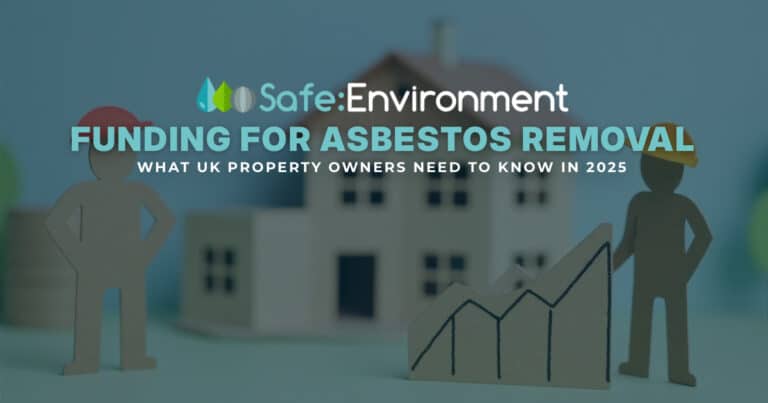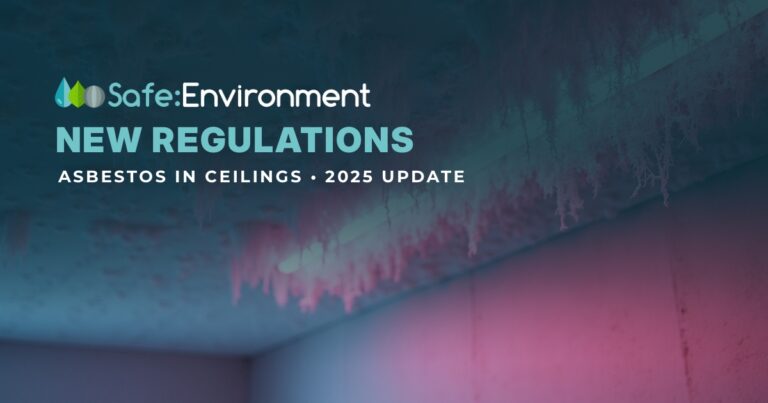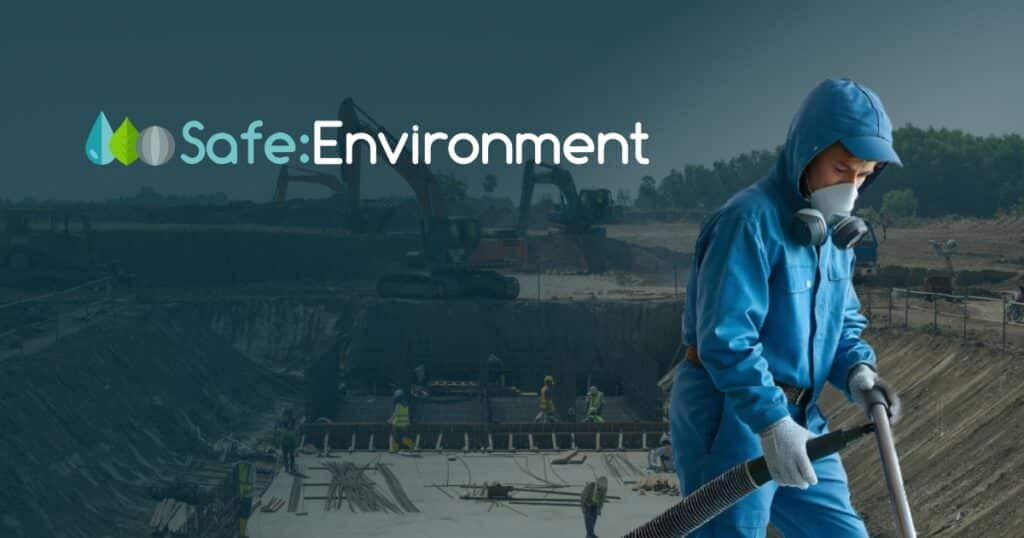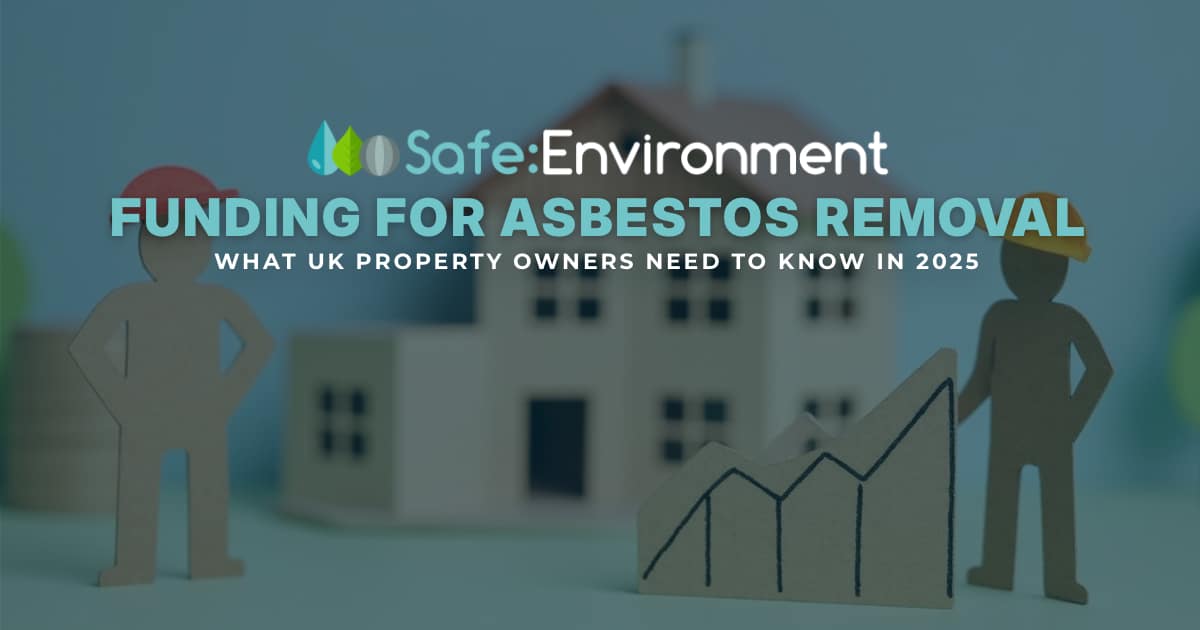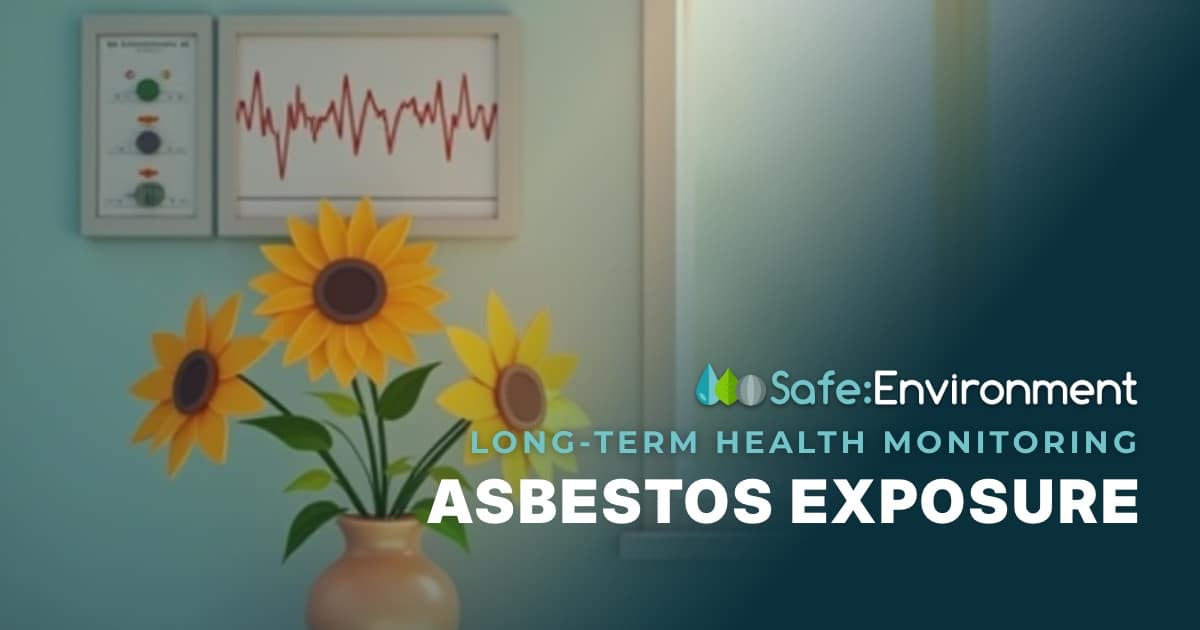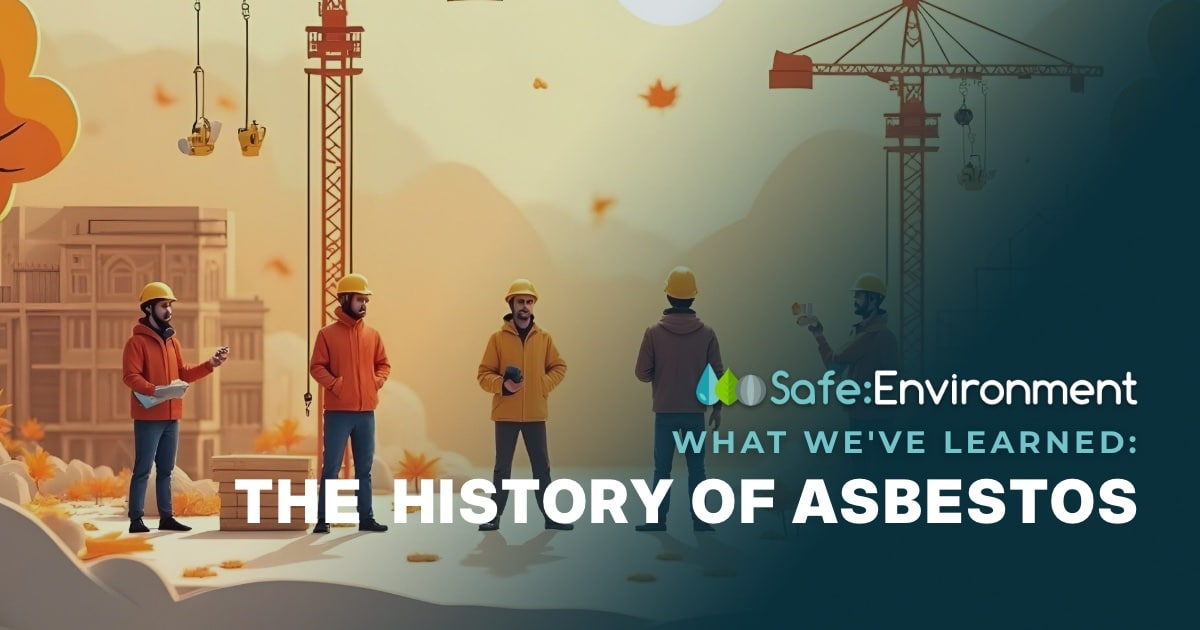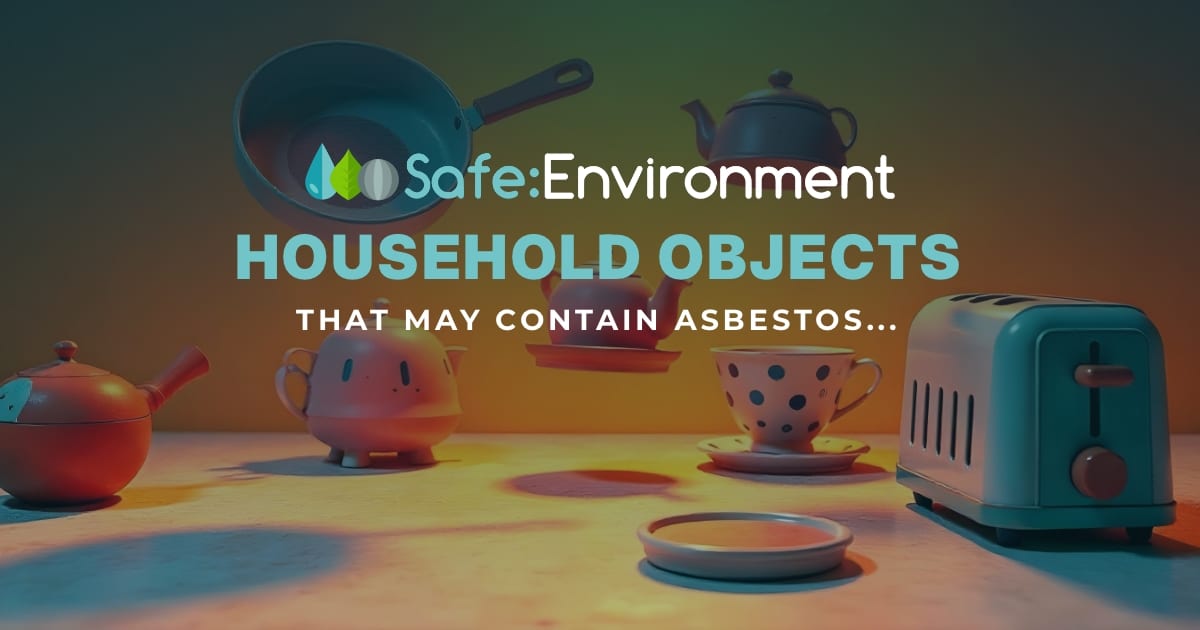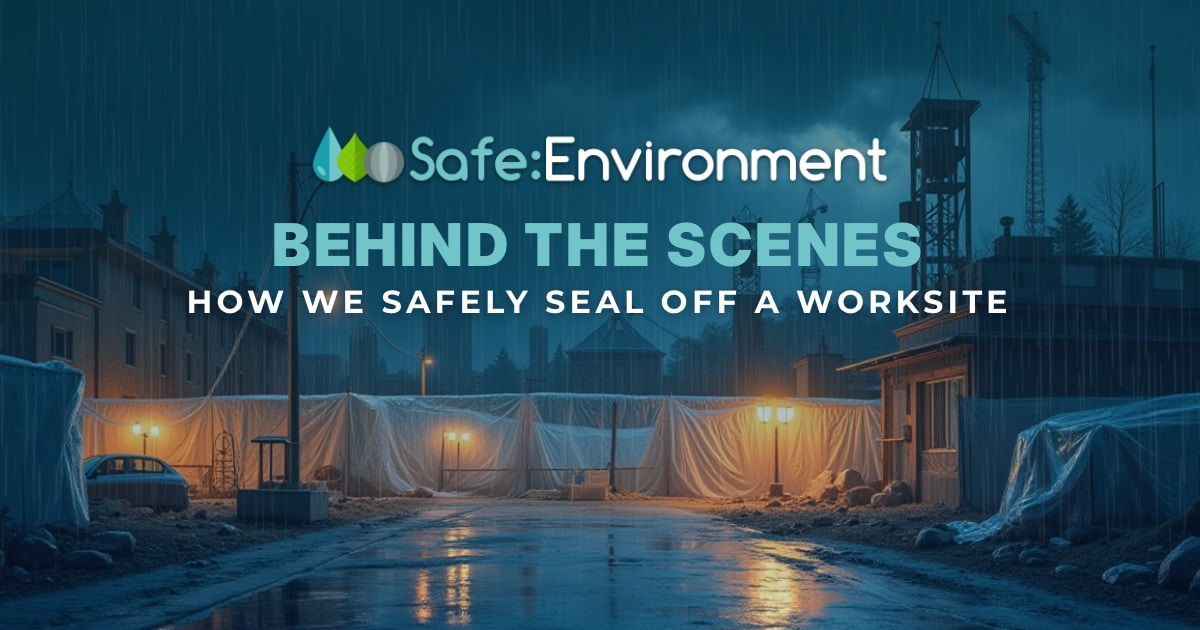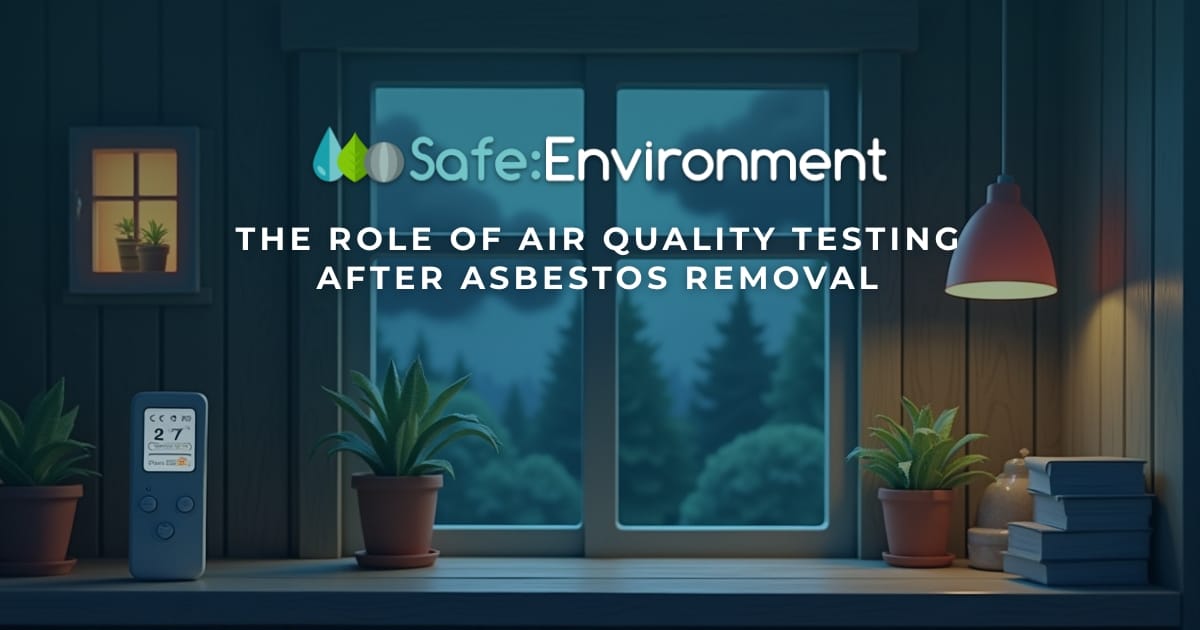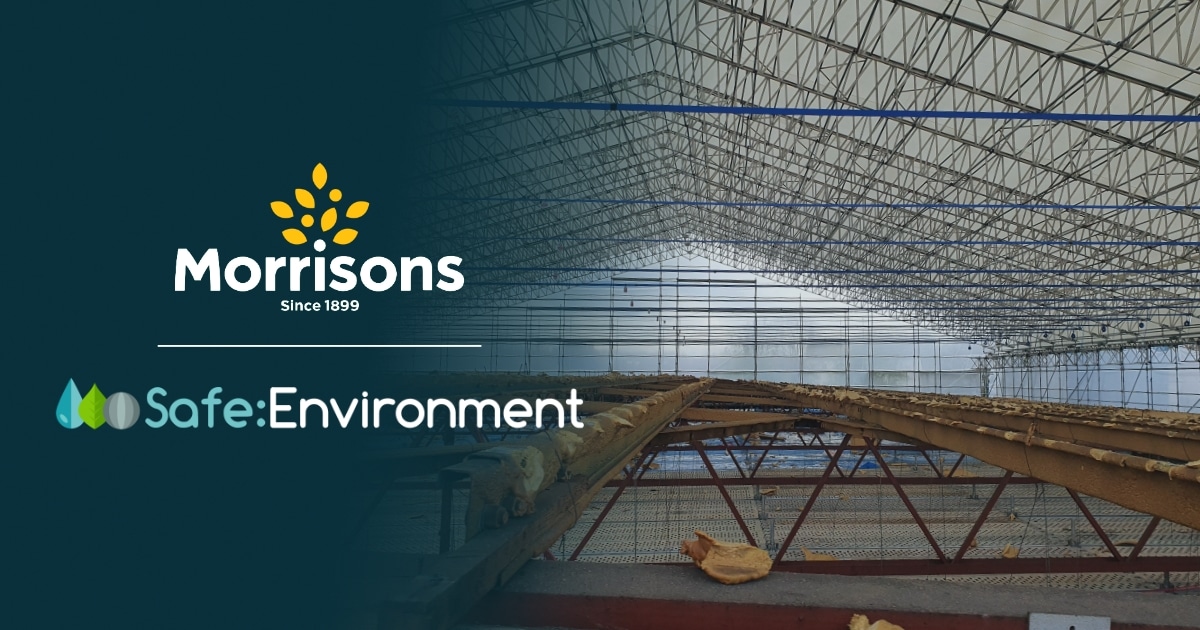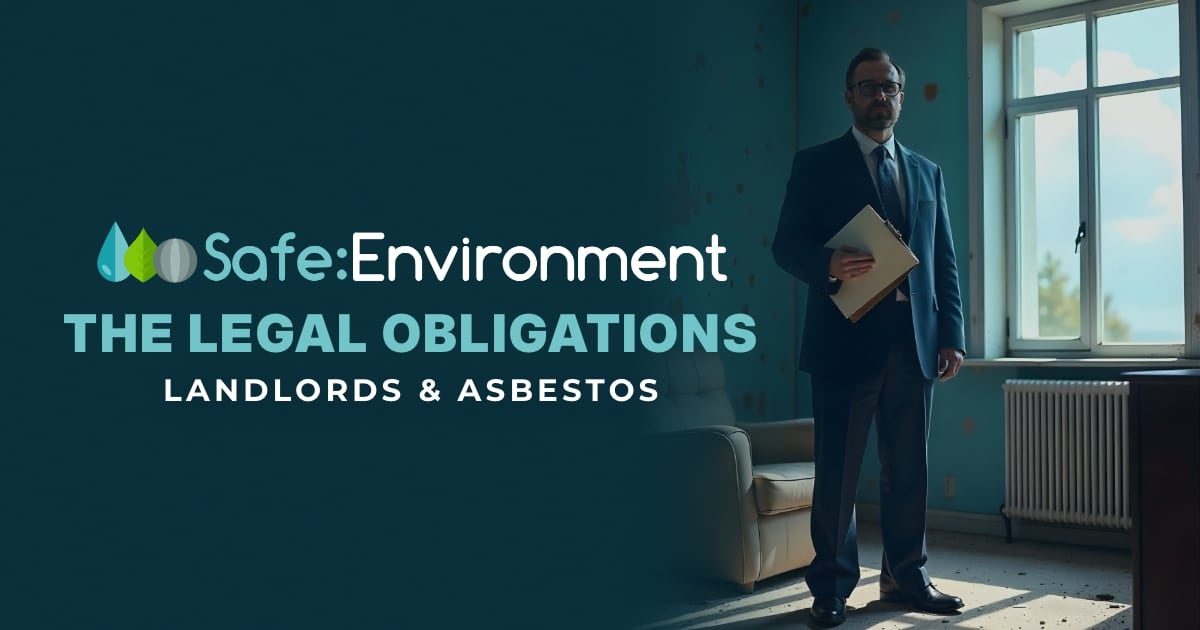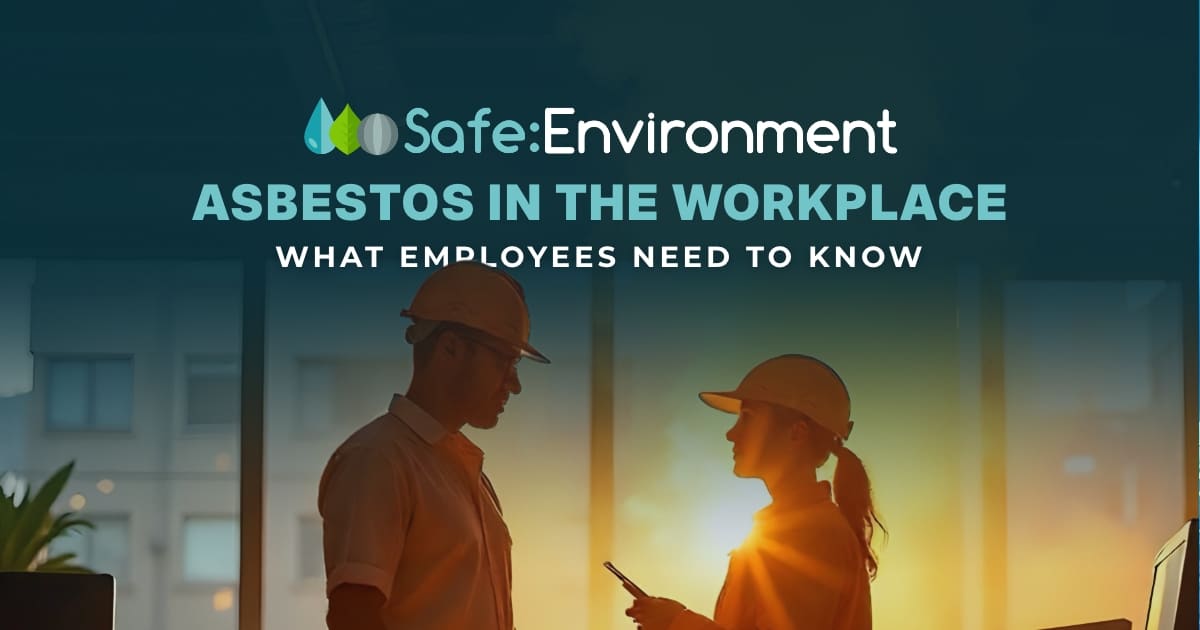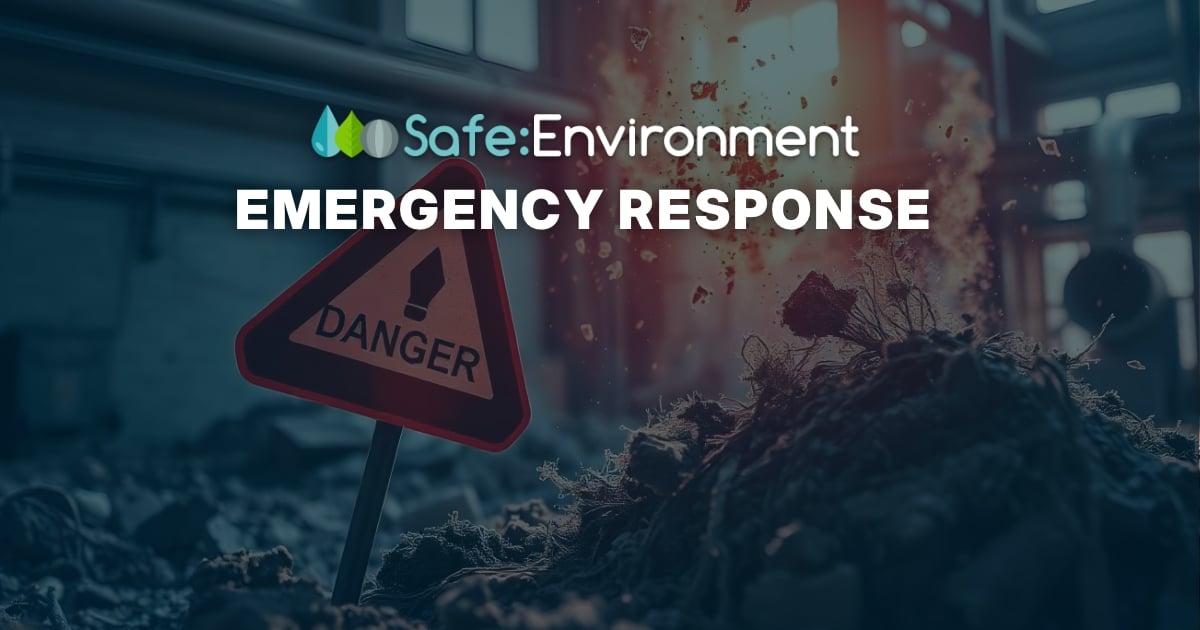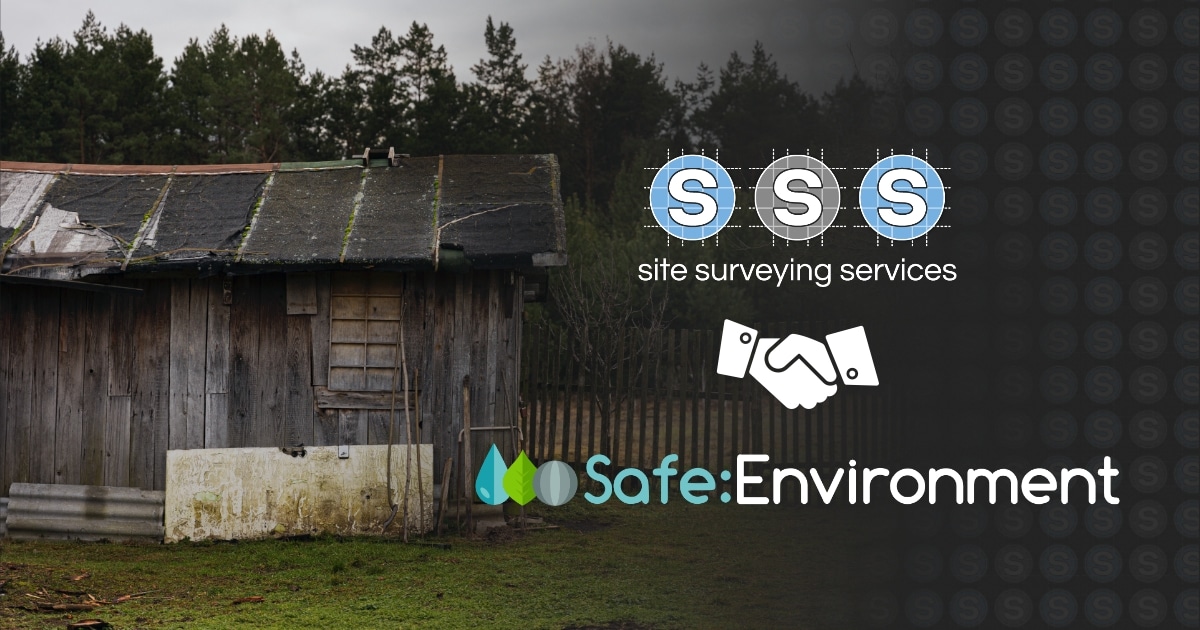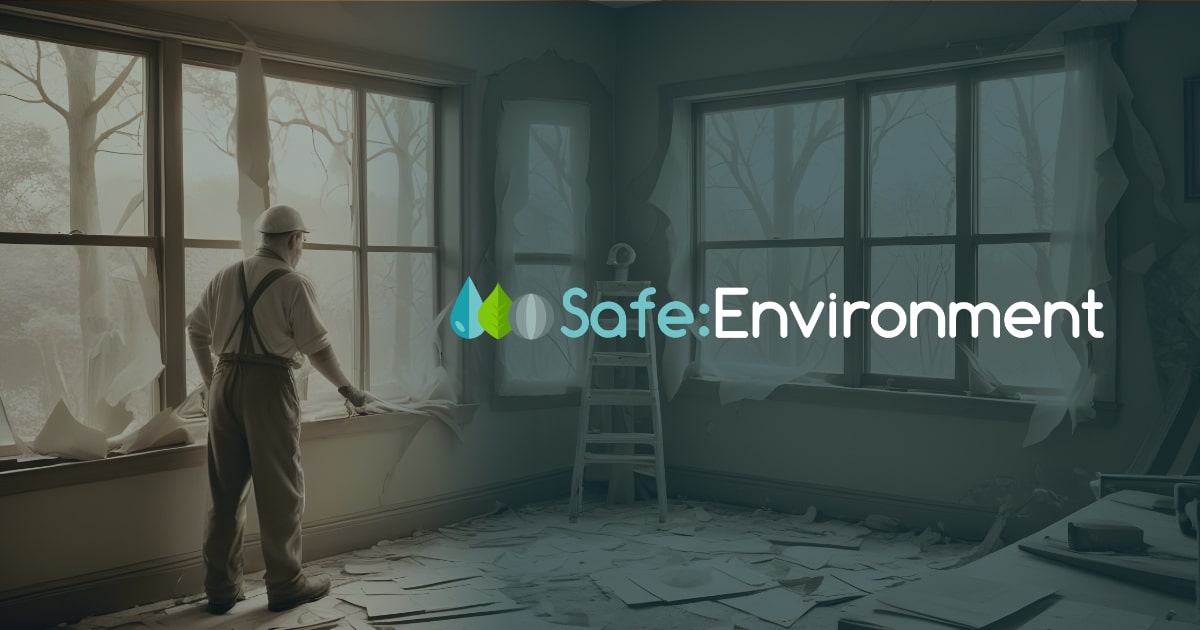Asbestos is a word that many associate with the past—a bygone era of industrial and construction practices long since banned in countries like the UK. Yet, despite the fact that asbestos has been prohibited in UK construction since 1999, it continues to be a serious concern in modern construction. While we no longer use asbestos-containing materials (ACMs) in new builds, it remains a hidden hazard in many existing structures, particularly those built before the ban.
In this blog post, we’ll explore why asbestos is still a concern in modern construction, how it can affect renovation projects, and what you need to know to protect yourself and others from its dangers.
1. The Legacy of Asbestos in Older Buildings
Before its ban, asbestos was widely used in construction for its heat resistance, strength, and insulating properties. It could be found in everything from roofing materials and floor tiles to insulation, pipe lagging, and cement. As a result, millions of buildings constructed before the year 2000 contain asbestos in various forms. This includes homes, schools, hospitals, and commercial properties.
In the UK alone, it’s estimated that 500,000 non-domestic buildings still contain asbestos. Many of these buildings are still in use, and the asbestos within them may be in a deteriorating condition, posing a threat to anyone who disturbs it. This is especially problematic when renovations, refurbishments, or demolitions are undertaken, as these activities can disturb ACMs, releasing dangerous fibres into the air.
2. Asbestos Exposure and Health Risks
Asbestos is harmless if left undisturbed, but when materials containing asbestos are cut, broken, or degraded, microscopic fibres can be released into the air. Once inhaled, these fibres can lodge in the lungs, causing long-term damage. Diseases caused by asbestos exposure include:
Mesothelioma: A rare and aggressive cancer affecting the lining of the lungs, abdomen, or heart. This disease is almost exclusively caused by asbestos exposure.
Asbestosis: A chronic lung condition caused by prolonged exposure to high levels of asbestos fibers. It leads to scarring of lung tissue, resulting in difficulty breathing.
Lung Cancer: Asbestos exposure can increase the risk of lung cancer, particularly in those who smoke.
These diseases can take decades to develop, often emerging 20 to 50 years after exposure. By the time symptoms appear, the damage is usually irreversible, making early prevention essential.
3. Renovation and Demolition Projects Pose a Risk
In modern construction, asbestos continues to be a concern primarily during renovation or demolition projects. When old buildings are updated, remodelled, or torn down, the risk of disturbing ACMs increases significantly. For construction workers, contractors, and even the general public, this poses a serious health risk if proper precautions aren’t taken.
In particular, asbestos can be found in:
Insulation around pipes and boilers
Ceiling tiles and textured coatings (like Artex)
Roofing materials, including corrugated asbestos cement sheets
Vinyl floor tiles
Partition walls and cladding
Fireproofing materials
Even something as simple as drilling into a wall or pulling up old flooring could disturb asbestos and release fibres into the air.
4. Asbestos in Imported Materials
While asbestos use is banned in the UK and many other countries, it is still used in construction materials in some parts of the world. As a result, there have been instances where imported materials used in modern construction have inadvertently contained asbestos. This has led to renewed concerns over the potential reintroduction of asbestos into new builds.
For example, in recent years, some building materials imported from countries where asbestos use is not banned have tested positive for asbestos contamination. This reinforces the need for vigilance in sourcing materials and conducting thorough testing to ensure compliance with UK safety regulations.
5. Asbestos Management in Existing Buildings
The UK’s Control of Asbestos Regulations 2012 places a legal duty on anyone responsible for the maintenance or repair of non-domestic premises to manage the risk from asbestos. This includes identifying whether asbestos is present, assessing its condition, and managing or removing it if necessary. In modern construction projects that involve older buildings, this means asbestos surveys are required before any refurbishment or demolition work begins.
Failing to identify and manage asbestos properly can result in severe legal consequences, including hefty fines and even prison sentences. More importantly, it puts workers and building occupants at risk of exposure to deadly asbestos fibres.
6. Lack of Awareness and Training
Despite the risks, lack of awareness about asbestos remains a major concern in the construction industry. Many workers, especially younger ones, may not have received adequate training on asbestos safety. They may not know how to identify asbestos-containing materials or understand the health risks of exposure. This is particularly concerning given the widespread presence of asbestos in older buildings.
Regular training and education are crucial for anyone working in construction, renovation, or property management. Proper awareness can prevent accidental exposure and ensure that asbestos is managed or removed safely by trained professionals.
7. The Cost of Asbestos Removal
One reason asbestos remains a concern in modern construction is the cost associated with its removal. Asbestos abatement can be expensive, particularly if the asbestos is widespread or in poor condition. For many building owners, the cost of safely removing asbestos can be a deterrent, leading them to delay or avoid addressing the issue. However, this can be a dangerous strategy, as asbestos deterioration over time can increase the risk of exposure and result in even higher costs down the line.
For those undertaking construction or renovation projects, it’s important to factor in the potential costs of asbestos surveys and removal when planning the budget.
8. Ensuring Safe Asbestos Management
While asbestos is no longer used in new construction, managing its presence in older buildings remains a priority. Here’s what needs to be done to address asbestos in modern construction:
Asbestos Surveys: Before any construction work on an older building, a thorough asbestos survey must be conducted by a qualified professional. This survey will identify any ACMs and assess their condition.
Licensed Removal: If asbestos is found and needs to be removed, it should only be handled by a licensed asbestos removal contractor. These professionals have the training and equipment to safely remove and dispose of asbestos without putting anyone at risk.
Training and Awareness: Ongoing training for construction workers and contractors is essential to ensure that they can recognise asbestos and take appropriate precautions.
Proper Disposal: Asbestos waste must be disposed of at a licensed facility. Improper disposal can lead to contamination and environmental hazards.
Conclusion
Although asbestos has been banned from new construction for over two decades, it continues to be a pressing concern in modern construction due to its widespread use in older buildings. Renovation and demolition projects are particularly risky, as disturbing asbestos can release dangerous fibres into the air. Additionally, issues such as asbestos in imported materials and a lack of awareness among workers further complicate the problem.
By conducting asbestos surveys, adhering to safety regulations, and ensuring proper removal and disposal by licensed professionals, the risks associated with asbestos in modern construction can be effectively managed. Ultimately, protecting the health and safety of workers and building occupants must remain the top priority in any project involving older properties



